Room to Bloom
Nurturing a culture of creative growth and stability
Spring is that “big-energy” time of year where both students and strategic planners experience major leaps forward in creative development; so long as they have strong and stable supports in place.
This month, we invite readers to take a #Both/And approach when thinking about what lies in the months ahead.
For example, on one hand, EDesigners might ask themselves and their teams:
A: What supports and non-negotiable program goals? These may be QRIS indicators and assessments, federal and state requirements, student-teacher ratios, schedules, routines, and transitions.
On the other hand, EDesigners might be simultaneously asking themselves and each other:
B: How and in what ways can we push against or beyond the system constraints we’re facing? How might we think creatively about how to better meet up with children’s minds using innovative and unexpected approaches?
In the natural world, ecosystems become stagnant and even toxic without the subtle introduction of unique and novel organisms. In equal measure, biosystems can also tumble out of control with too much change and not enough established support. In our book, Design in Mind: A Framework for Sparking Ideas, Collaboration, and Innovation in Early Education, (2021), author Miriam Beloglovsky and I urge readers and EDesigners to consider the growing needs of our schools using an ecological perspective:
“Education today must build innovative ecosystems of thought and design for the future, operating in learning spaces that are filled with hope, creativity, spiraled learning, and a sustained belief in the possibility for transformational change.”
Are you looking for creative ideas that can help you boost and bloom your current practice?
Or are you realizing you need more supports and constraints in place for stability to take root in your classrooms or board room?
Or maybe, are you needing a little bit of both/and thinking?
Any which way you look at the months ahead - planning and action are key and we invite you to examine the architecture of your proverbial professional garden, making sure you have BOTH room to bloom AND the supports to keep you stable.
KEY AREAS TO CONSIDER:
Defining your core values and principles
Determining your professional core tenets
Deepening the depth of your practice
KEY QUESTIONS TO ASK:
What core values resonate strength and stability for you and your program?
Which core tenets could use more attention and/or reinforcement?
Which depths of practice might lend you and your team more creative room to bloom?
Overview of the Design-In-Mind 3x5 System
Check out training for Educators & Leadership
i3 Institute offers a variety of professional learning opportunities to help you guide yourself and teams to reflect and grow.
About the Author:
Michelle Grant is the founder and Executive Director of the i3 Institute and Center of Gravity, early STEM Lab Schools for the Institute (PreK - Kindergarten), located in the San Francisco Bay Area.
Michelle is also the co-author of the recent book Design in Mind™: A Framework for Sparking Ideas, Collaboration, and INnovation in Early Education (2021), along with author and educator Miriam Beloglovsky.





